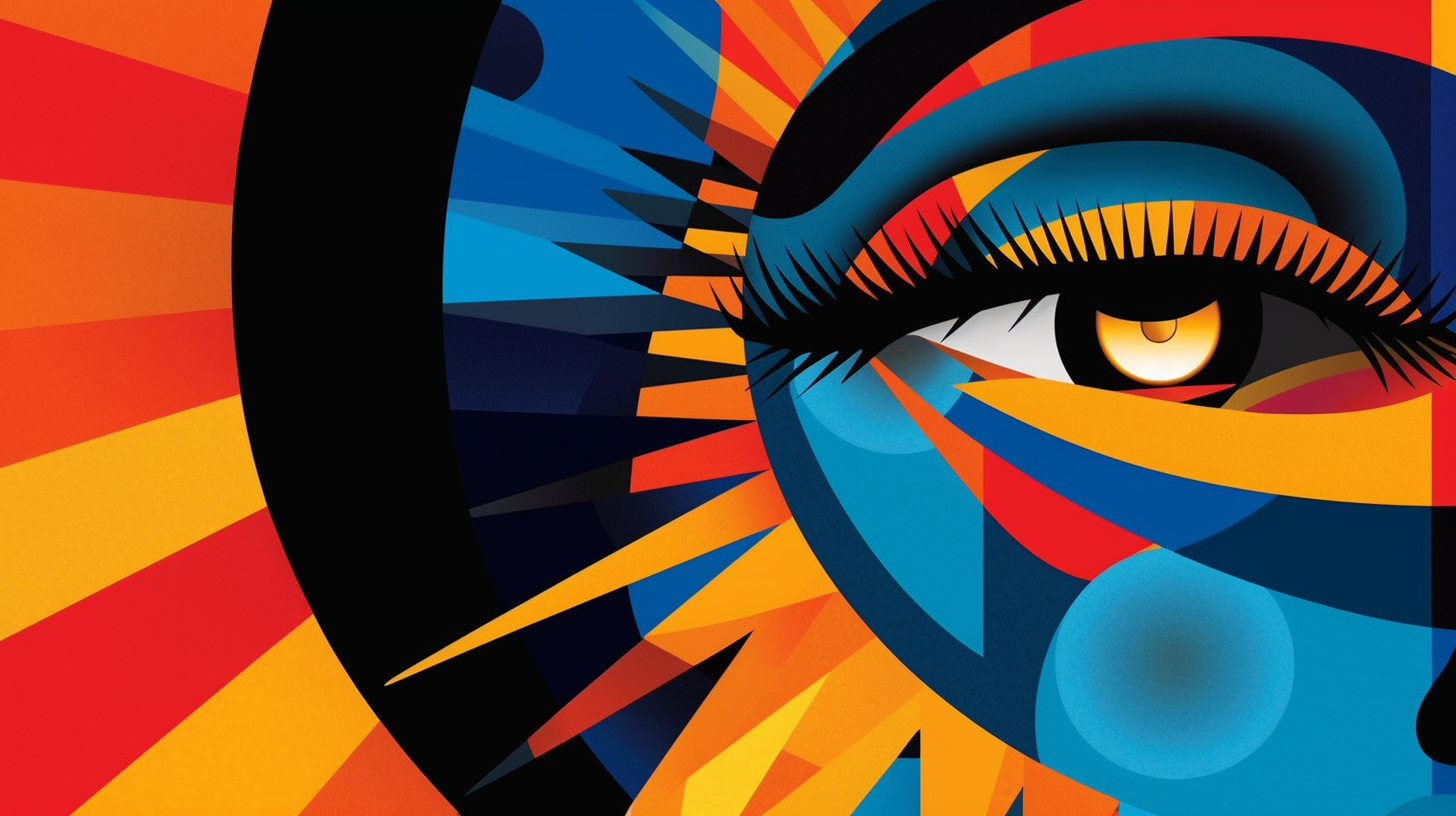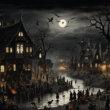Updated: March 19, 2024
The celestial landscape over North America has been graced with two remarkable solar eclipses within a six-month span. The first, on October 14th, provided an unparalleled spectacle, particularly visible in its totality from regions in the western United States.
As we pivot from the October event, anticipation builds for the April 8th eclipse. As enchanting as this natural phenomenon is — it’s crucial to remember that gazing directly at the sun without the appropriate protective eyewear can cause irreversible damage to the eyes.
Eclipse 101: The Solar Phenomenon
Before we dive into safety, let’s appreciate the grandeur of what’s happening above. A solar eclipse is not just a rare celestial event; it’s a cosmic ballet where the moon plays hide and seek with the sun. But even when the sun is 99% hidden behind the moon, that remaining 1% can be a blinding spotlight. And no, your trendy, polarized aviator sunglasses aren’t going to cut it.
Eclipse Reflections: October 14th vs. April 8th in North America
The solar eclipse on October 14th provided a partial view for most of North America, with the path of totality crossing through specific regions in the continent. Observers in the path were treated to the full spectacle of the moon completely covering the sun, revealing the sun’s corona in a moment of breathtaking beauty.
In contrast, the upcoming solar eclipse on April 8th will have its path of totality traverse a different route across North America, promising an extraordinary viewing experience for those positioned along this path. This event is expected to offer a more extensive coverage across North America, making it a not-to-miss spectacle for enthusiasts and casual observers alike.
Best Places to View the April 8th Eclipse
For the April 8th eclipse, the path of totality will cut across a swath of North America, providing several prime viewing locations. Some of the best places to experience the total eclipse include:
- Texas: Beginning its journey across North America, the path of totality will enter through Texas, offering viewers in regions like Dallas a chance to witness the eclipse in its full glory.
- Midwest: Moving northeast, the eclipse will pass through parts of the Midwest, including Missouri and Illinois, where cities along the path will experience the total eclipse.
- Eastern U.S.: Continuing its trajectory, the eclipse will grace the Eastern United States, with locations in Indiana, Ohio, New York, and parts of New England positioned ideally for total eclipse viewing.
Eye Safety During the Solar Eclipse
As the anticipation for the solar eclipse grows, prioritizing eye safety is paramount. Observing this natural wonder without proper protection can lead to solar retinopathy, a condition resulting from the sun’s harmful rays damaging the retina. This underscores the importance of using eclipse glasses that adhere to the ISO 12312-2 safety standard, ensuring a safe viewing experience.
Understanding Solar Retinopathy
Solar retinopathy, a condition resulting from direct exposure to the sun’s rays, involves damage to the retinal tissues at the back of the eye. This damage is caused by the intense and harmful radiation emitted by the sun, which can injure the eye’s delicate light-sensitive cells. The danger is significantly heightened during a solar eclipse, a phenomenon that naturally draws people to look upwards and directly at the sun.
The Mechanics of Damage
When sunlight enters the eye, it is focused by the lens onto the retina, concentrating the sun’s energy onto a small area. The retina, which converts light into neural signals sent to the brain for visual recognition, can be overwhelmed by this intense radiation, leading to tissue damage. This process can occur surprisingly quickly, with even brief exposure to the sun’s rays causing burns that result in permanent damage to vision.

The Illusion of Safety During an Eclipse
A common misconception is that the sun is safe to look at during an eclipse. However, as the American Academy of Ophthalmology highlights, even when 99% of the sun’s surface is obscured, the visible portion can emit enough light to cause eye injury. This is because the sun’s rays can still pass through atmospheric irregularities and directly hit the eye, leading to solar retinopathy. The risk is not just theoretical; there have been numerous documented cases of individuals suffering significant vision loss from observing solar eclipses without adequate eye protection.
Alternative Safe Viewing Methods
For those without access to eclipse glasses, there are still safe and effective ways to partake in the eclipse:
- Pinhole Projectors: An easily constructed device that allows for the indirect viewing of the eclipse by projecting the sun’s image onto a flat surface.
- Welder’s Glass: Specifically, a piece of shade 14 welder’s glass provides an adequate barrier against the sun’s rays, allowing for direct observation of the eclipse.
Educate and Inform
This October 14th, let’s ensure that the wonder of the solar eclipse is matched by our commitment to eye safety. With proper precautions, it’s an event that can be enjoyed without compromising our precious sight.
To explore Hilco Vision’s range of protective eyewear and learn more about our dedication to eye safety, visit our website or get in touch with our team.
- American Academy of Ophthalmology (AAO): The AAO provides extensive resources on eye health, including the risks associated with viewing solar eclipses without proper protection. Their guidelines highlight the importance of using ISO-certified eclipse glasses. Visit the AAO website.
- ISO 12312-2 Safety Standard: Information on the international safety standard for solar viewing glasses can be found through the International Organization for Standardization. This standard specifies the requirements for safe viewing of the sun, directly applicable to eclipse glasses. ISO’s website offers detailed specifications.
- National Aeronautics and Space Administration (NASA) Eclipse Safety: NASA offers guidance on how to safely view solar eclipses, detailing the science behind them and the necessity of proper eye protection. NASA’s eclipse website is a valuable resource for understanding both the astronomical phenomena and safety precautions. NASA’s Eclipse Website.








